John Langley Howard
John Langley Howard (Upper Montclair, Montclair, NJ. February 5, 1902 – November 15, 1999)
 Mountain and Air by John Langley Howard, Acrylic on Panel, 14 x 21-1/4
Mountain and Air by John Langley Howard, Acrylic on Panel, 14 x 21-1/4
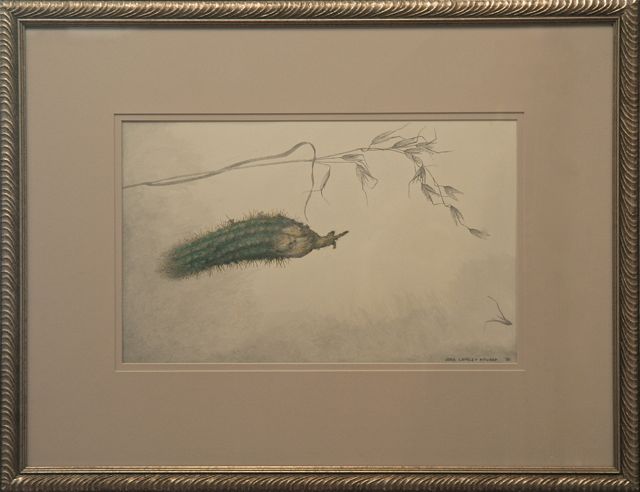 Cactus and Wheat by John Langley Howard, 1996, Watercolor and Pencil, 9 x 14
Cactus and Wheat by John Langley Howard, 1996, Watercolor and Pencil, 9 x 14
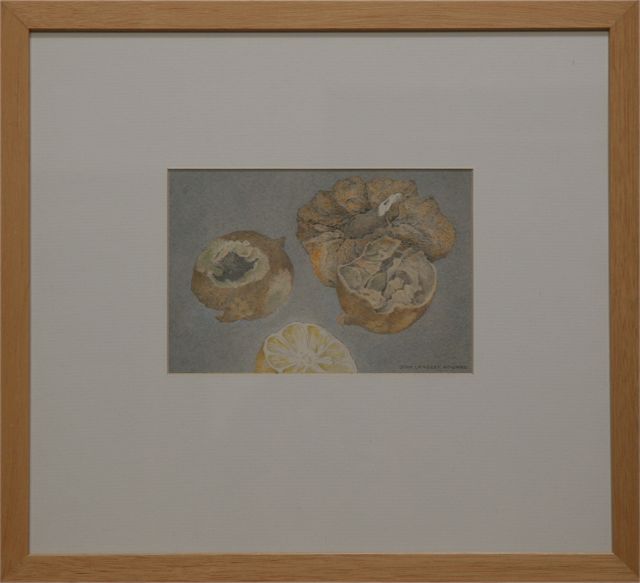 Dry Lemons and Persimmons by John Langley Howard, 1987, Watercolor, 7 x 8-3/4
Dry Lemons and Persimmons by John Langley Howard, 1987, Watercolor, 7 x 8-3/4
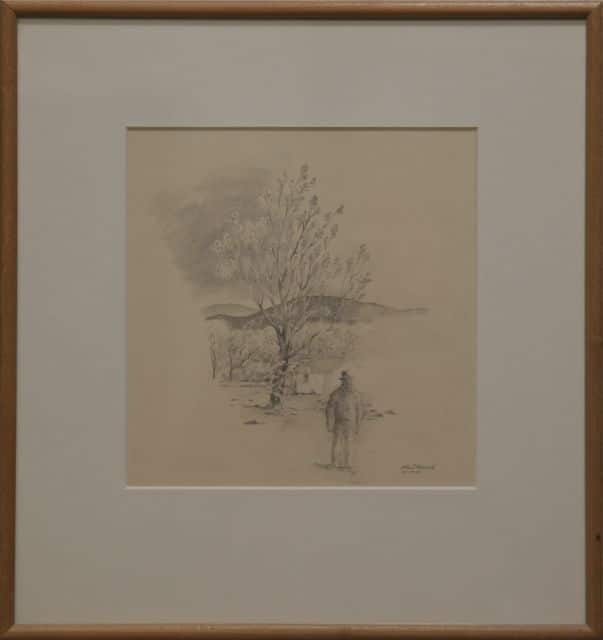 Nevada Rancher by John Langley Howard, 1940, Graphite Drawing, 7-3/4 x 7-1/4
Nevada Rancher by John Langley Howard, 1940, Graphite Drawing, 7-3/4 x 7-1/4
Corn by John Langley Howard, 1947, Graphite on Paper – SOLD
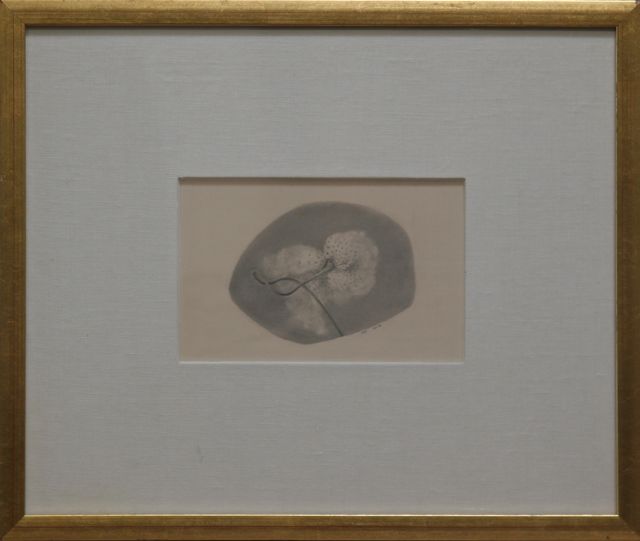 Seed Puff by John Langley Howard, 1949, Graphite Drawing, 4-1/7 x 7
Seed Puff by John Langley Howard, 1949, Graphite Drawing, 4-1/7 x 7
Nature Study by John Langley Howard, Engraving, Artists Proof, 10 x 3-1/2
Born in 1902 in Montclair, New Jersey to architect John Galen Howard and Mary Robertson Bradbury, John Langley Howard and his two brothers, Robert and Charles – both of whom went on to become influential artists as well – were raised admiring the arts. Two years after his birth, the family migrated to California where he was raised when his father accepted a job designing the campus of University of California in Berkeley. It was this that prompted the young Howard to switch gears and abandon his prior dreams of becoming an engineer to pursue a career as an artist. He went on to seek education from Oakland’s California Guild of Arts and Crafts and later on to the Art Students League of New York. He ultimately decided to forgo his training and-in search of inspiration-moved to Paris where he lived for six months, further exploring his natural talent. He married his first wife, Adelaide Day and soon after in 1927, had his first breakout show at San Francisco’s Modern Gallery. Howard went through many phases of artistic exploration but ultimately became known for his focus on the mistreatment of workers and the deterioration of the earth pioneered by the growth of modern technology, all seen through the lens of Marxism. It was the Great Depression that first opened the young artist’s eyes to the deterioration of human life at the hands of the government and was the driving force to communicate the drastic need for change in the wake of the New Deal. He was finally able to make that statement when he was hired to make a mural at the Coit Tower. It was this mural that made him a target along with Diego Rivera and many other artists that actively spoke out against the ruling class and capitalism, causing a massive delay in the premiere of the mural. In 1940 he relocated to Sante Fe, New Mexico to aid with his son’s deteriorating health, staying for two years before returning to Monterey where in 1949 he divorced Adelaide and married renowned sculptor, Blanche Philips. He went on to create The Rape of Earth in 1951, a piece that spoke out against the devastating effects technology was causing on the earth. His third and final marriage was to Mary McMahon in 1980 to whom he remained married until his peaceful death in 1999 in San Francisco.


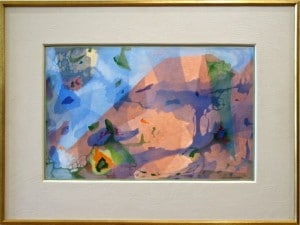




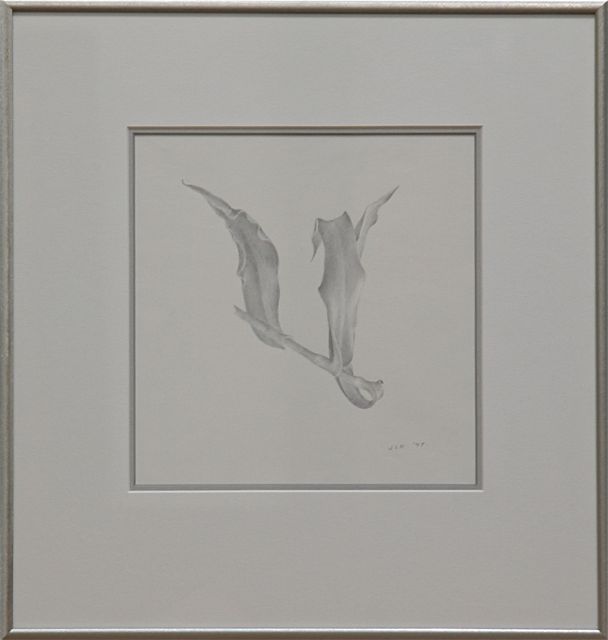

 And many more
And many more